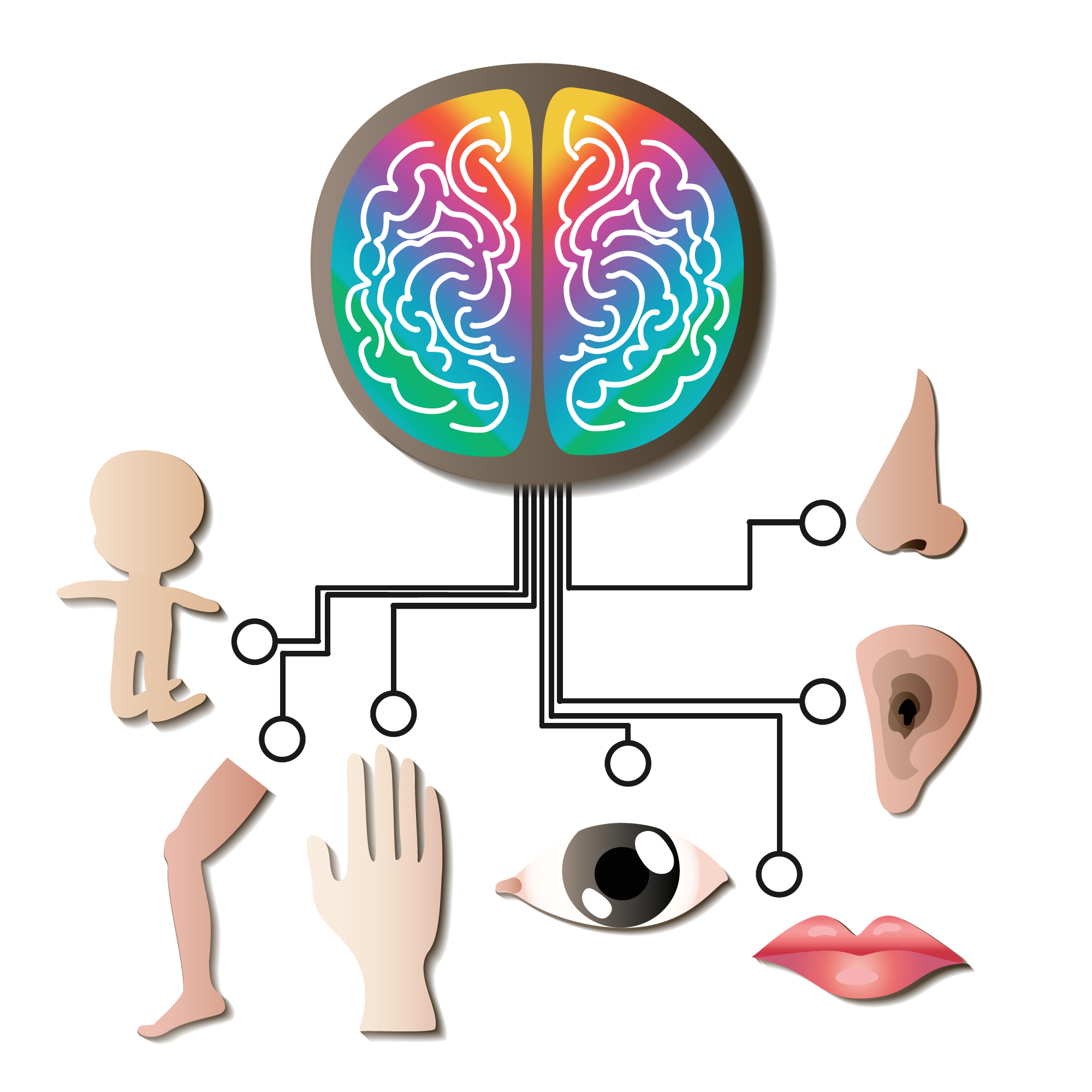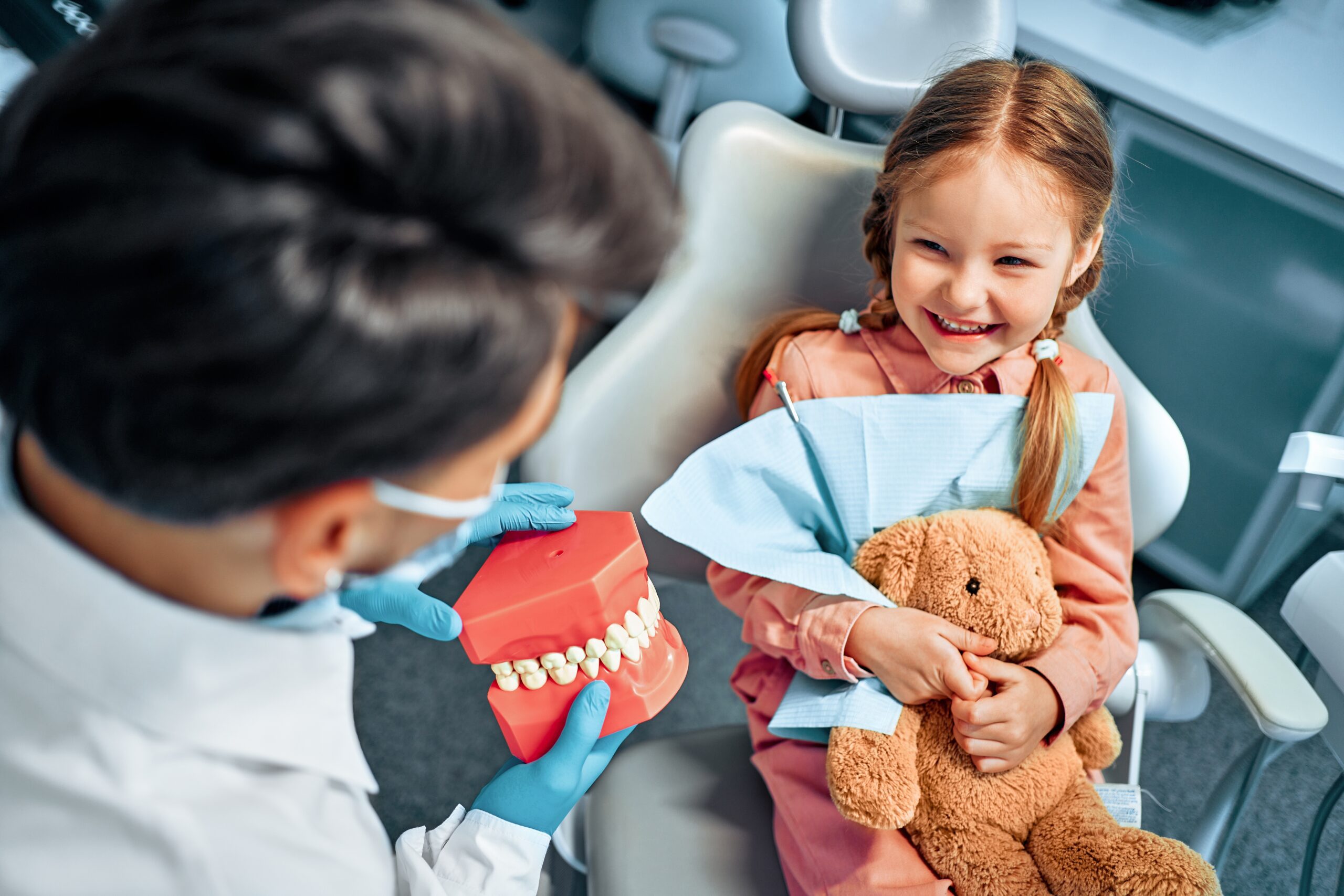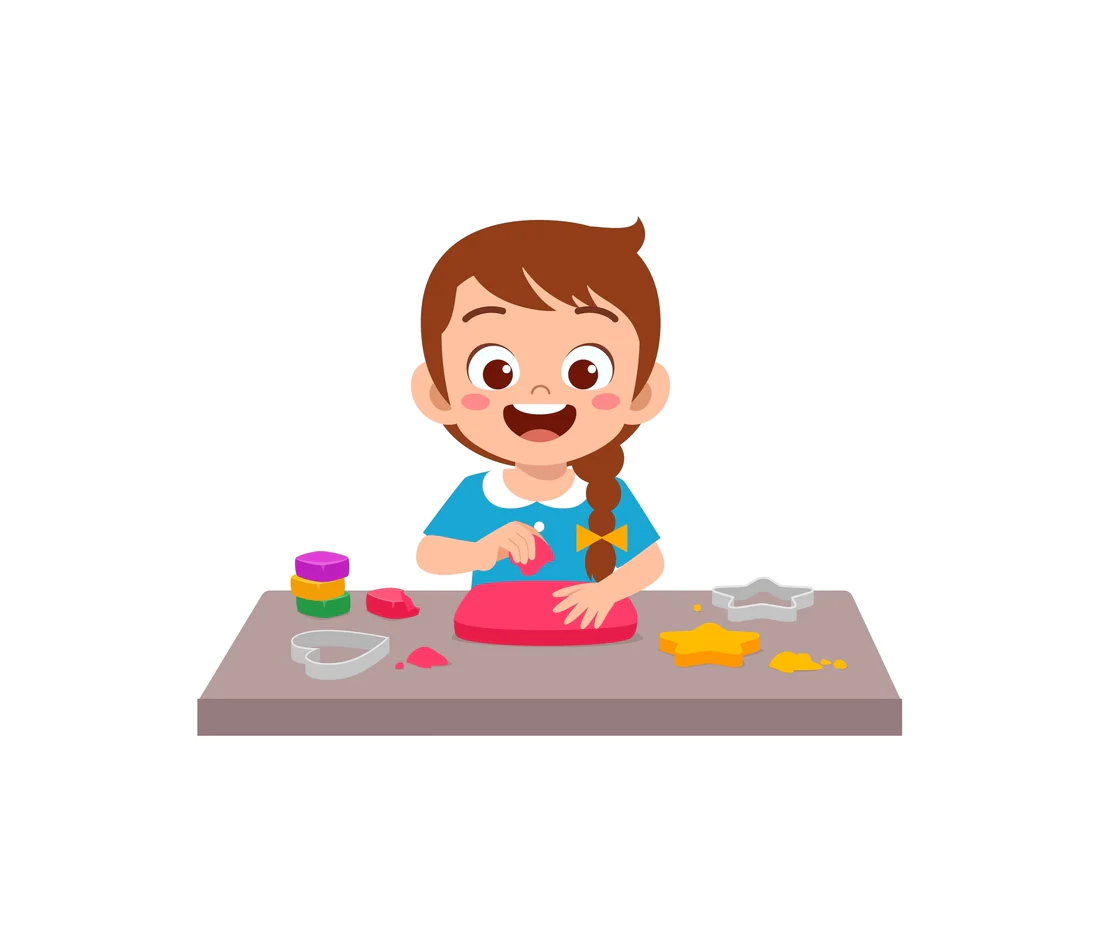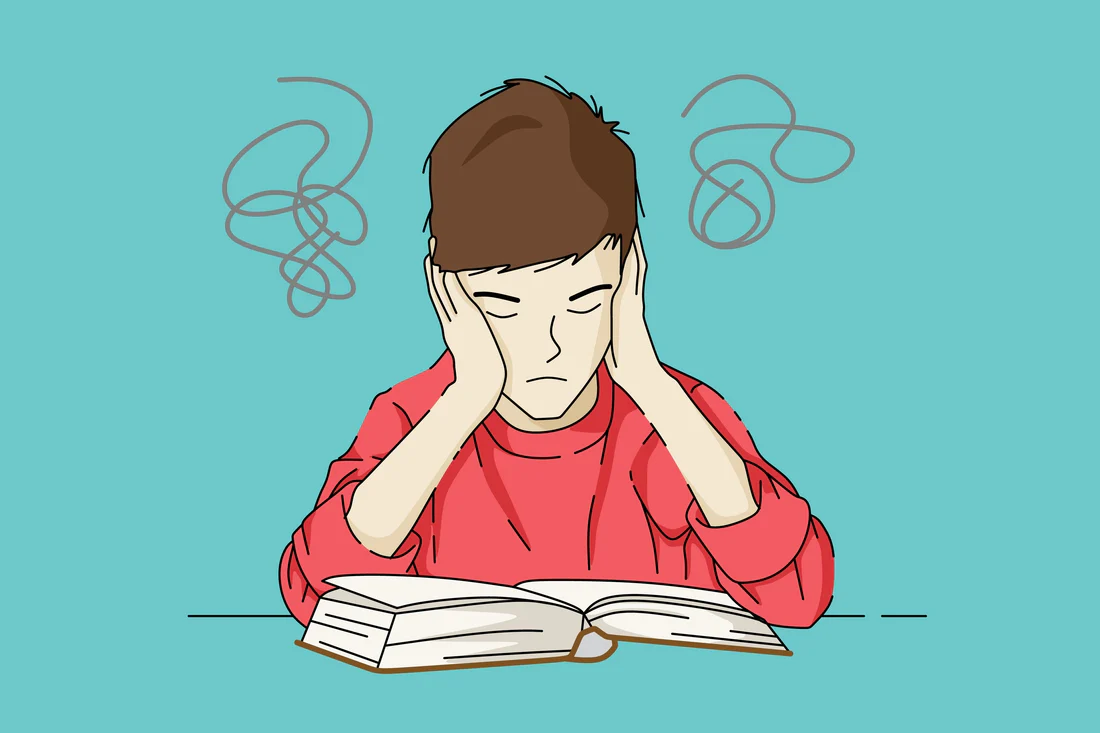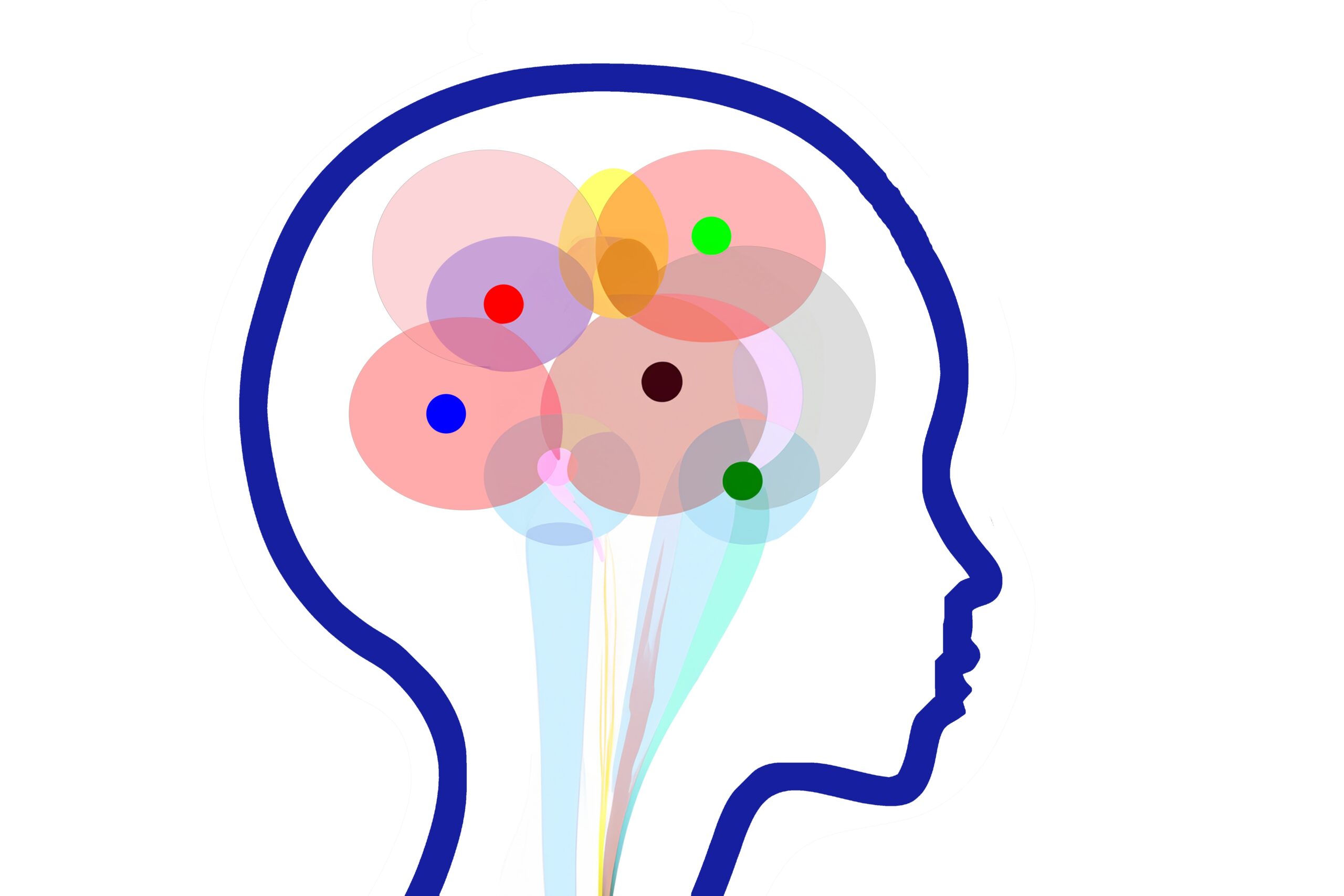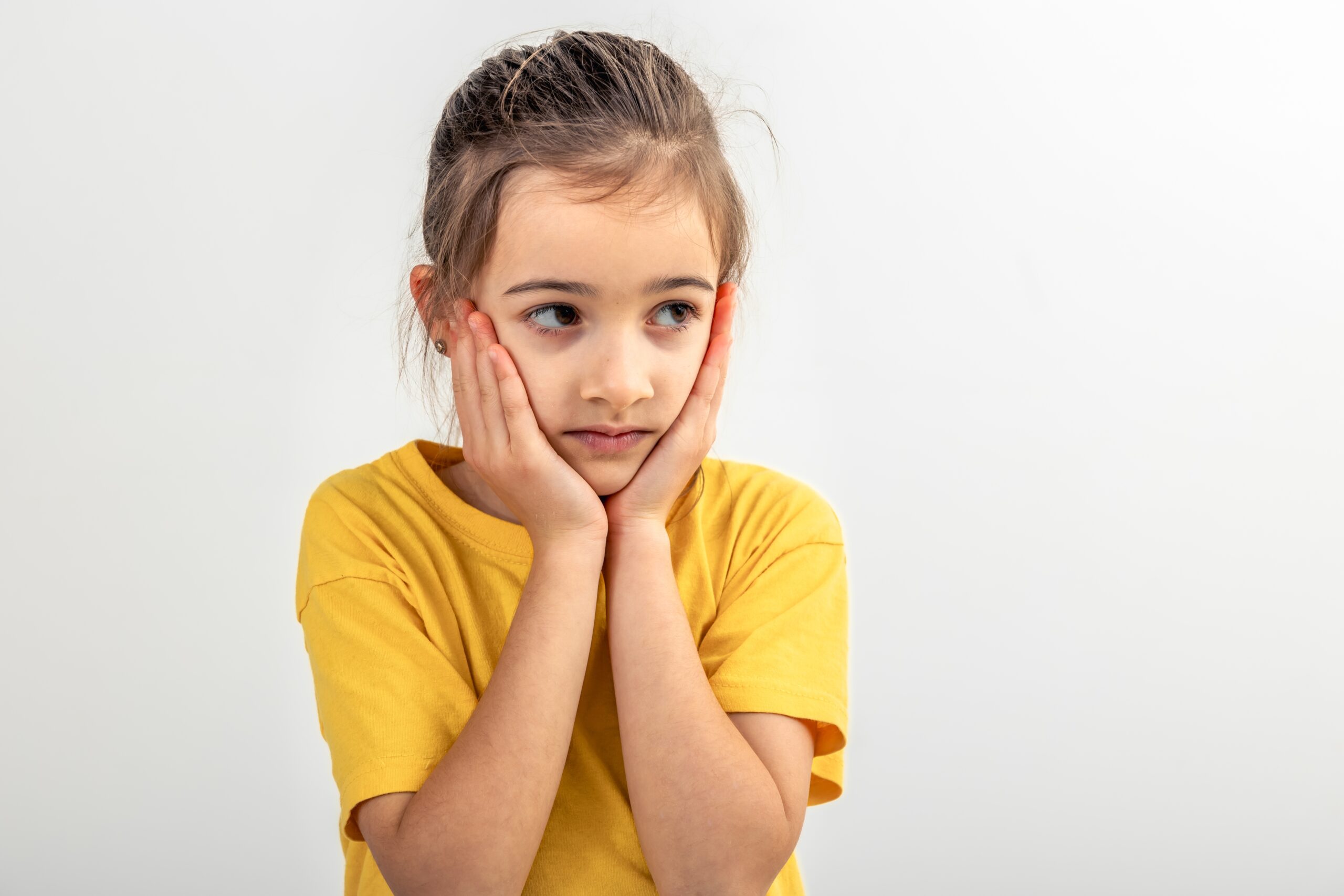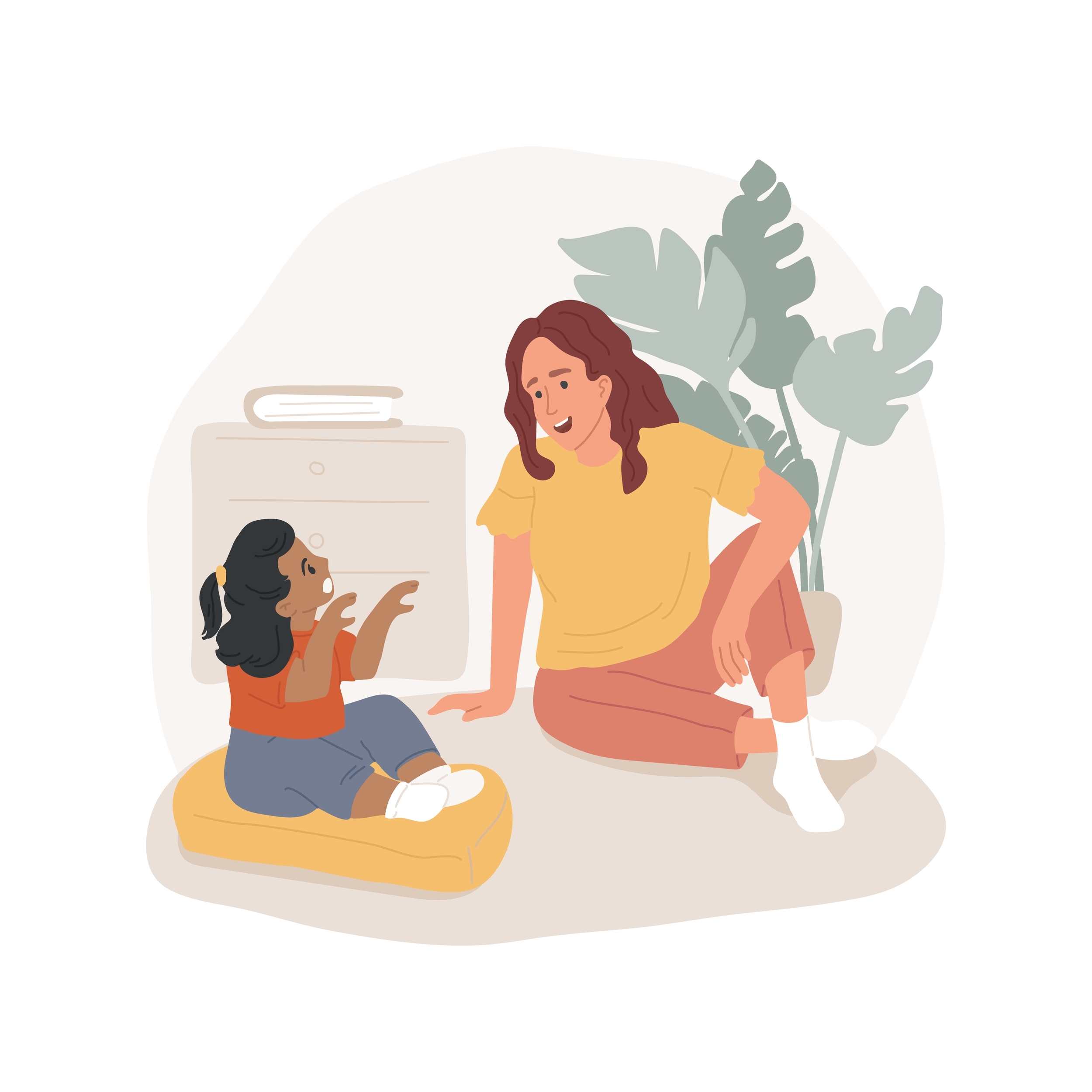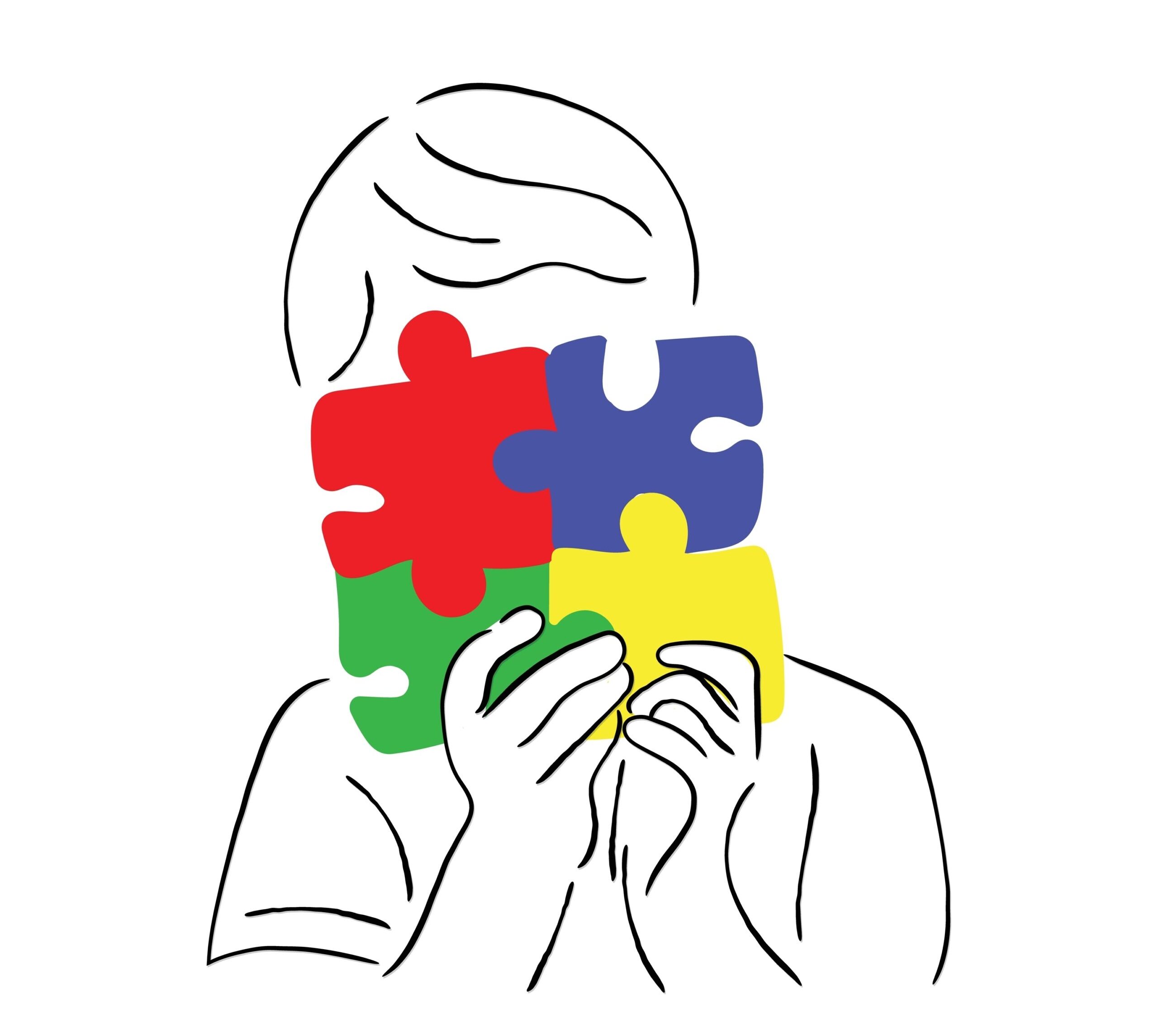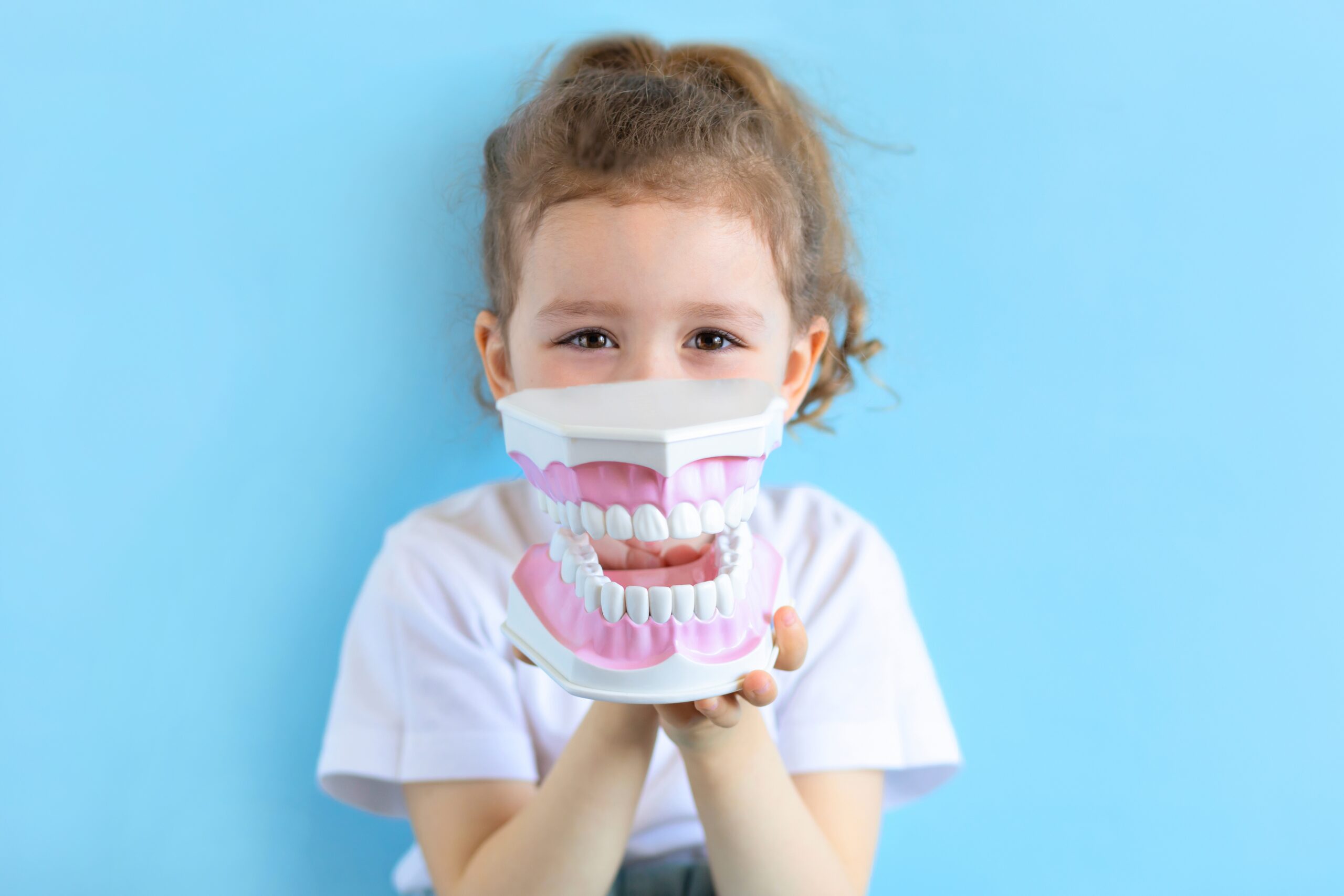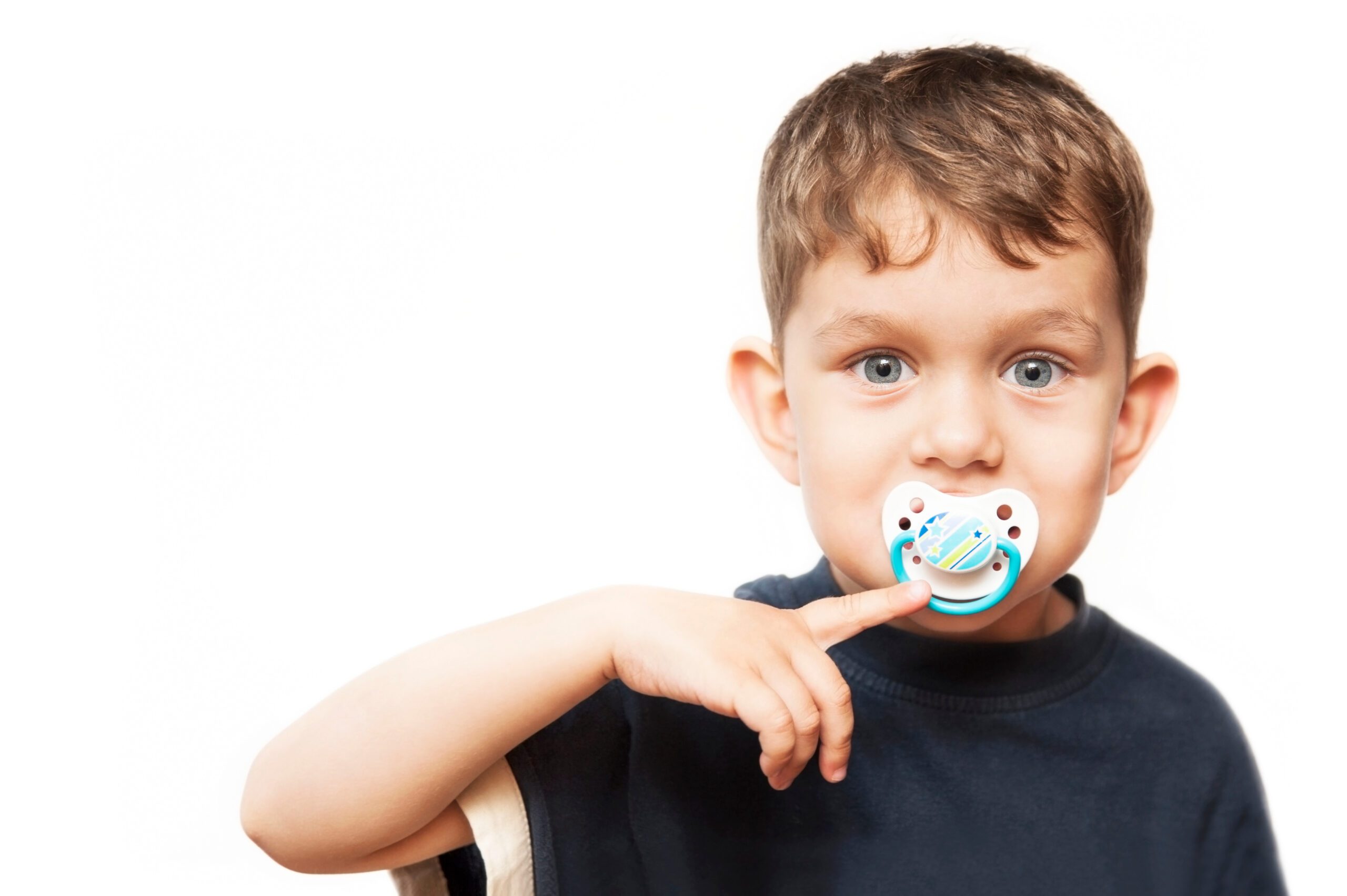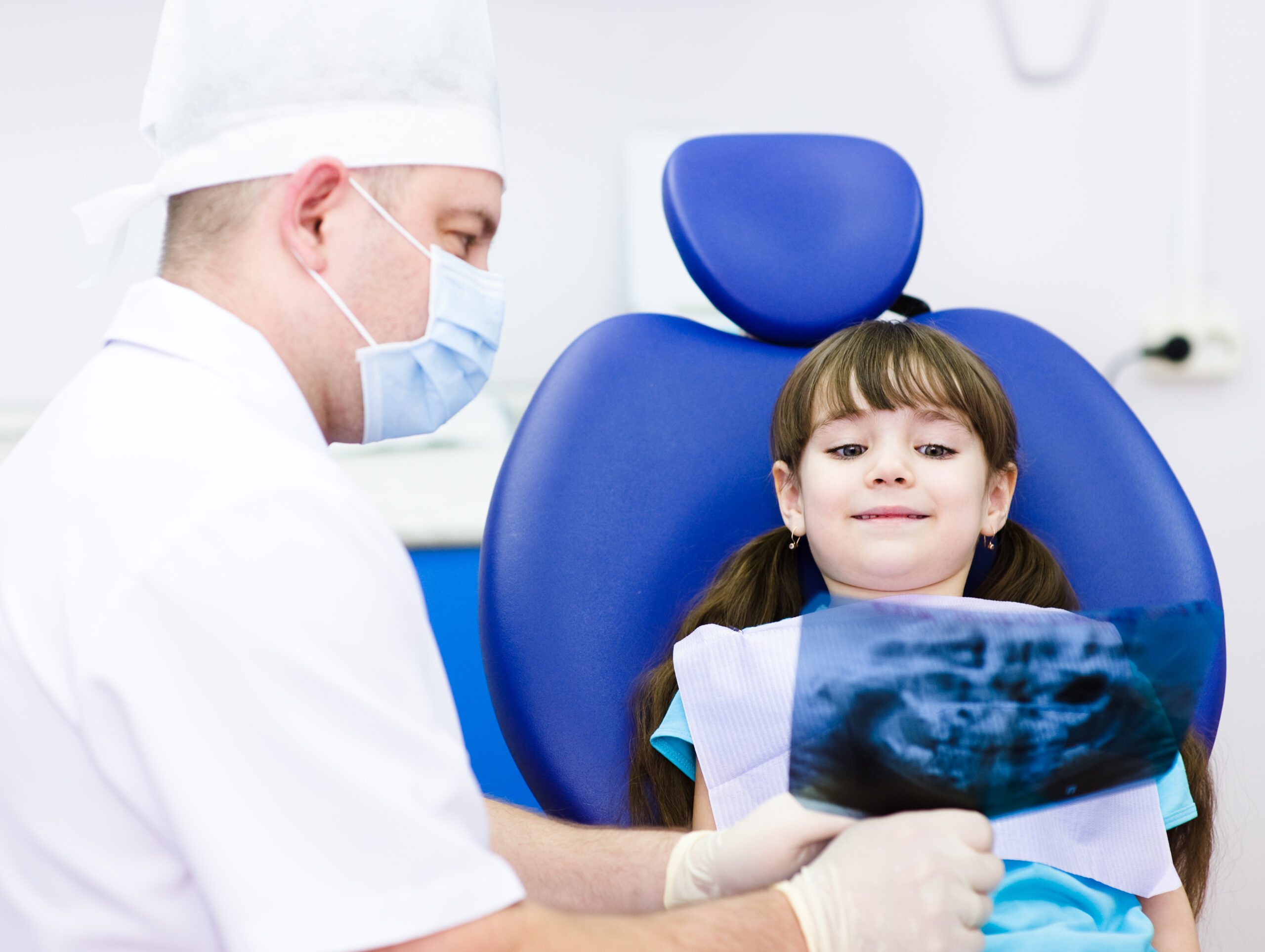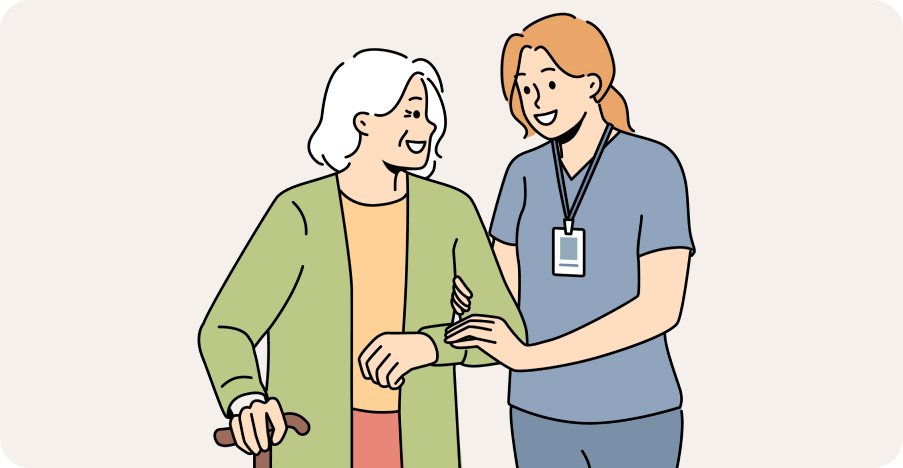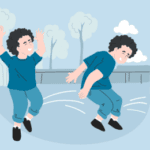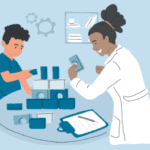
Autism
- Types of Autism Spectrum Disorder: Levels, Traits & Former Diagnoses Explained
- Asperger’s Syndrome: Signs, Diagnosis, and Support for Children, Teens & Adults
- What Is PDD-NOS? Understanding Pervasive Developmental Disorder–Not Otherwise Specified and Its Place on the Autism Spectrum
- Childhood Disintegrative Disorder (CDD): Symptoms, Diagnosis & Treatment Explained
- Rett Syndrome: Symptoms, Diagnosis, and Treatment Guide for Parents and Caregivers
- Nonverbal Autism: Causes, Signs, Communication Strategies & Treatment Options
- Sensory Processing and Autism: Understanding Sensitivities, Overload & Effective Therapies
- Classic Autism (Autistic Disorder): Signs, Diagnosis, and Treatment Before the DSM-5
- Fragile X Syndrome: Causes, Symptoms, Diagnosis, and Autism Link
- Atypical Autism (PDD-NOS): Symptoms, Diagnosis & Support Before DSM-5
- Low Functioning Autism (ASD Level 3): Symptoms, Support Needs, and Communication Challenges
- High-Functioning Autism (ASD Level 1): Symptoms, Traits, and Support Strategies

Neurodevelopmental Disorders & Learning Differences
- Dyslexia in Children: Symptoms, Causes & Best Therapies
- Dysgraphia in Children: Symptoms, Diagnosis & Treatment
- What Is Dyscalculia? Symptoms, Causes & Treatment
- Specific Learning Disorder with Impairment in Reading | Symptoms, Treatment & Therapists Near You
- Nonverbal Learning Disorder (NVLD): Symptoms, Causes & Therapies
- What Is Giftedness in Children? Signs, Support & Therapists
- Language Processing Disorder in Children: Signs, Therapy & Support
- Language Disorders in Children: Signs, Types & Therapy
- Delayed Speech in Children: Causes, Signs, and Therapy Options
- Executive Function Disorder in Children: Signs, Support & Therapy
- Apraxia of Speech in Children: Signs, Diagnosis & Therapy
- Understanding Intellectual Disability in Children: Signs, Support & Therapies
- What Is Twice-Exceptional (2e)? Signs, Challenges & Support for Gifted Children with Disabilities
- Global Developmental Delay (GDD)
Nonverbal Autism: Causes, Signs, Communication Strategies & Treatment Options

Authored by: The DrSensory Editorial Team
Reviewed by: 🛡️ DrSensory Clinical Review Board
Last updated: June 2025
What is Nonverbal Autism and how is it diagnosed?
Nonverbal Autism refers to a form of Autism Spectrum Disorder (ASD) where an individual has significant challenges with spoken language and may not develop functional speech by age 5. Diagnosis involves a comprehensive evaluation of communication skills, behavior, and developmental history by specialists using tools like the Autism Diagnostic Observation Schedule (ADOS). Nonverbal autism does not imply lack of intelligence but indicates severe language delays or absence of speech. Early diagnosis is crucial to access speech therapy and communication support.
What are the common signs and characteristics of Nonverbal Autism?
Children and adults with Nonverbal Autism often show:
- Little or no spoken language development
- Use of alternative communication methods like gestures, picture exchange systems, or assistive devices
- Difficulty initiating or responding in social interactions
- Repetitive behaviors and sensory sensitivities common in ASD
- Strong nonverbal communication skills, including eye contact and facial expressions, may vary widely
Recognizing these signs early helps families and caregivers seek appropriate therapies.
What communication methods and therapies help people with Nonverbal Autism?
For individuals with Nonverbal Autism, speech therapy focuses on augmentative and alternative communication (AAC) strategies, including:
- Picture Exchange Communication System (PECS)
- Sign language or manual signing
- Speech-generating devices (SGDs) and apps
- Applied Behavior Analysis (ABA) therapy to encourage communication and social skills
Early and consistent use of these tools can improve expression, reduce frustration, and enhance social interaction.
Can people with Nonverbal Autism develop speech later in life?
Yes, some individuals with Nonverbal Autism may develop spoken language later, especially with early intervention and ongoing support. While many remain nonverbal, others learn to speak single words or simple phrases over time. Factors influencing speech development include the severity of autism, presence of cognitive delays, and the intensity of therapy. Importantly, nonverbal individuals can still communicate effectively using AAC methods and lead fulfilling lives.
Is Nonverbal Autism an official diagnosis in the DSM-5?
No, Nonverbal Autism is not a separate diagnosis in the DSM-5 (Diagnostic and Statistical Manual of Mental Disorders, 5th Edition). Instead, it falls under the broader umbrella of Autism Spectrum Disorder (ASD). The DSM-5 classifies autism by severity levels (Level 1, 2, or 3) based on the individual’s communication abilities and support needs.
A person with nonverbal autism would typically be diagnosed with ASD Level 2 or 3, depending on how much support is needed for daily communication and functioning. The term “nonverbal autism” is widely used in clinical, educational, and advocacy settings to describe individuals who do not use spoken language.
Does being nonverbal mean a person with autism has an intellectual disability?
Not necessarily. While some individuals with nonverbal autism may also have intellectual disabilities, many do not. The absence of speech is not the same as the absence of understanding, intelligence, or emotion. In fact, some nonverbal individuals have average or above-average intelligence and use alternative forms of communication like AAC devices or sign language.
It’s important not to assume cognitive ability based on speech alone—comprehensive developmental assessments can provide a more accurate picture of a person’s strengths and needs.
This page provides general educational content and is not a substitute for professional medical advice. Always consult a licensed provider for diagnosis and treatment.
View privacy policy, copyright and trust info
More on Autism

- Types of Autism Spectrum Disorder: Levels, Traits & Former Diagnoses Explained
- Asperger’s Syndrome: Signs, Diagnosis, and Support for Children, Teens & Adults
- What Is PDD-NOS? Understanding Pervasive Developmental Disorder–Not Otherwise Specified and Its Place on the Autism Spectrum
- Childhood Disintegrative Disorder (CDD): Symptoms, Diagnosis & Treatment Explained
- Rett Syndrome: Symptoms, Diagnosis, and Treatment Guide for Parents and Caregivers
- Nonverbal Autism: Causes, Signs, Communication Strategies & Treatment Options
- Sensory Processing and Autism: Understanding Sensitivities, Overload & Effective Therapies
- Classic Autism (Autistic Disorder): Signs, Diagnosis, and Treatment Before the DSM-5
- Fragile X Syndrome: Causes, Symptoms, Diagnosis, and Autism Link
- Atypical Autism (PDD-NOS): Symptoms, Diagnosis & Support Before DSM-5
- Low Functioning Autism (ASD Level 3): Symptoms, Support Needs, and Communication Challenges
- High-Functioning Autism (ASD Level 1): Symptoms, Traits, and Support Strategies
Find a Therapist near you
Are you looking for a physical, occupational, or speech therapist in your area?
Look no further than the DrSensory Therapist Database and Clinic Directory!
Find a Therapist
Find the physical therapist, occupational therapist, or speech language pathologist you’re looking for!
Ask Us Anything
Whether you are looking for advice, have a general question about sensory processing, or looking for resources.
Submit Your Story
Share your story about your child. Let’s celebrate milestones and learn more about challenges.







































